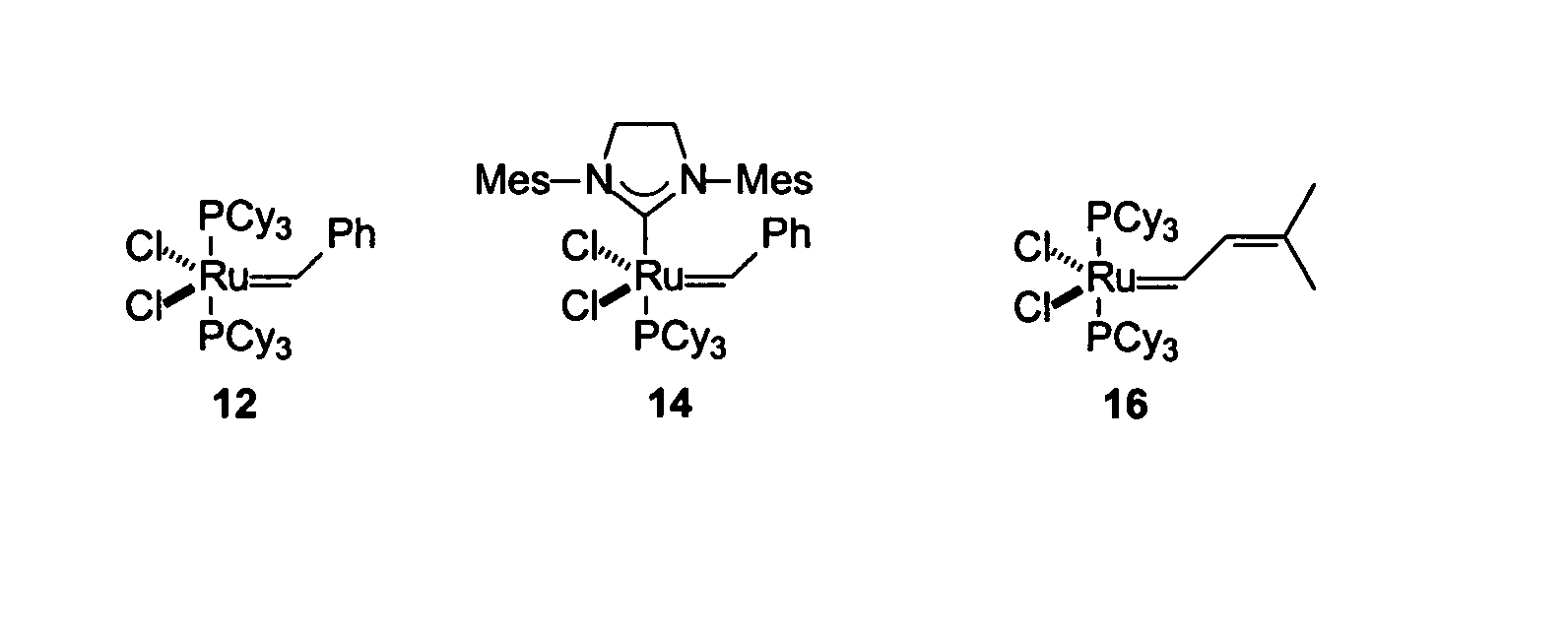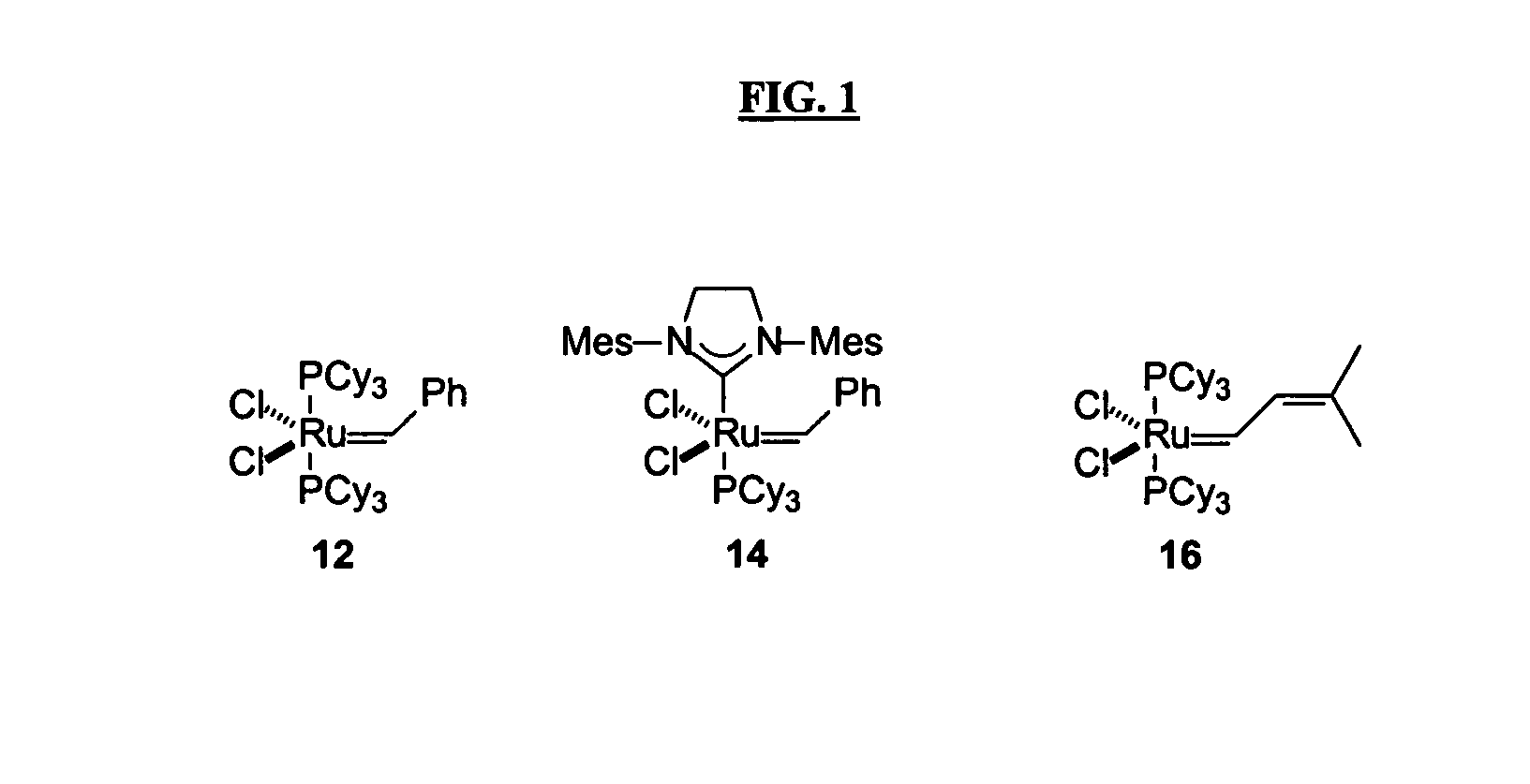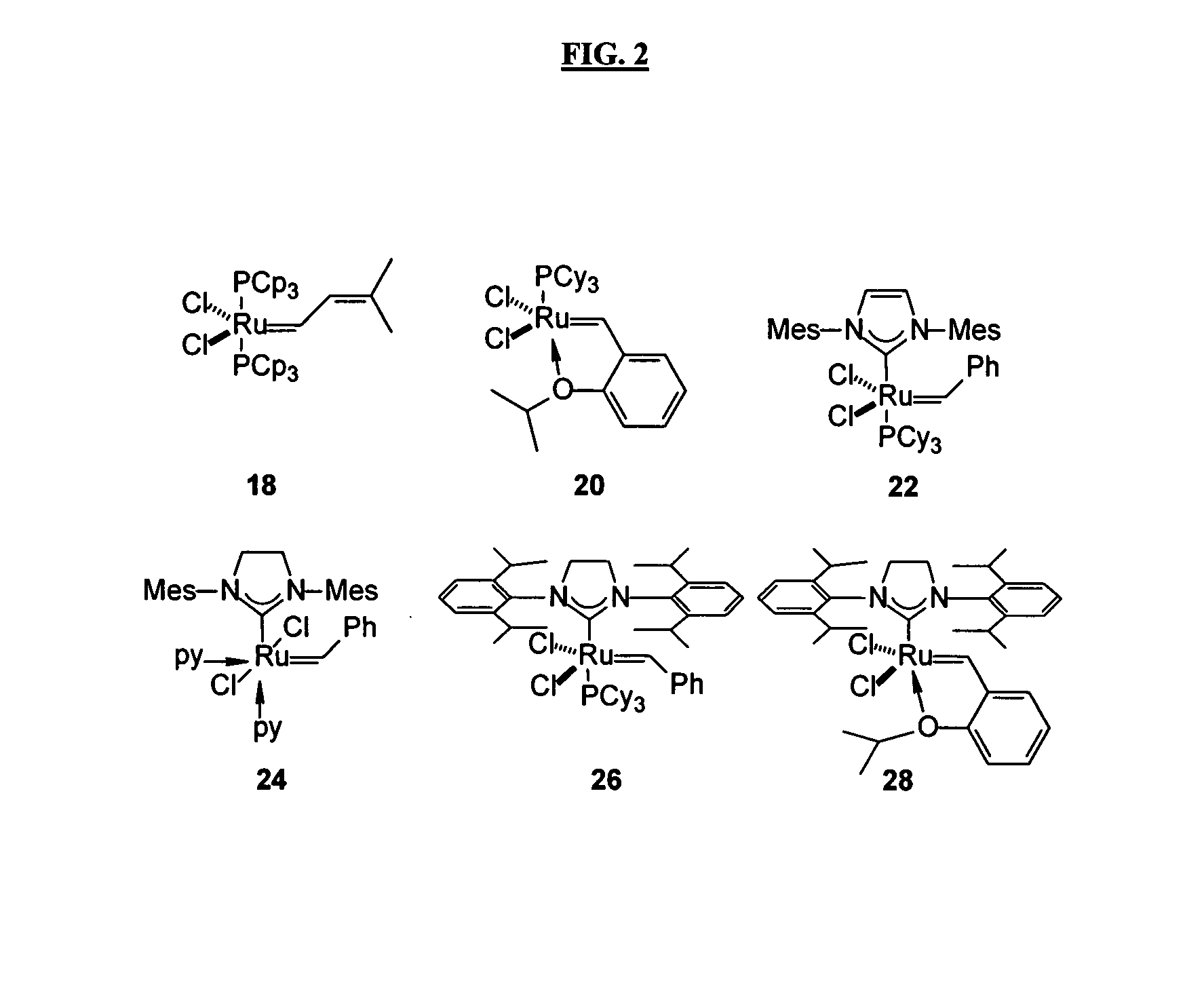Antimicrobial compositions, methods and systems
a technology of compositions and antimicrobials, applied in the field of antimicrobial compositions, methods and systems, can solve the problems of affecting the health of consumers, posing a risk to consumer health, and the opportunity for microorganisms to cross the skin barrier, and achieves a broad antimicrobial activity spectrum, low irritation properties, and low oral, skin, eye and aquatic toxicity.
- Summary
- Abstract
- Description
- Claims
- Application Information
AI Technical Summary
Benefits of technology
Problems solved by technology
Method used
Image
Examples
example 1
Minimum Inhibitory Concentration (MIC) and Minimum Bactericidal Concentration (MBC) Determination
[0144] The determination of the MIC and MBC of 9-decenoic acid conformed to the procedure printed in the Federal Register, June 1994 and the present NCCLS M11-A4 protocol. Challenge organisms were prepared as follows. The MIC and MBC of 9-decenoic acid and the methyl ester of 9-decenoic acid were determined for the following challenge organisms: Staphylococcus aureus (ATCC 6538), Pseudomonas aeruginosa (ATCC 15442), Staphylococcus epidermidis (ATCC 12228), Klebsiella pneumoniae (ATCC 4352), Escherichia coli 0157:H7 (ATCC 43895) and Candida albicans (ATCC 10231). Stock cultures of each organism were transferred onto suitable culture media, Mueller-Hinton Agar (MHA) plates, and incubated for 24 hours (+2 hours) at 37° C. (+2° C.). On the day of the test, the top of at least three to five well-isolated colonies were transferred via wire loop to a tube containing 4 to 5 ml of Trypticase Soy...
example 2
Time-Kill Determination
[0150] The assessment of efficacy of 9-decenoic acid against a spectrum of microorganisms was determined using the American Society for Testing and Materials (ASTM) procedure entitled “Standard Test Method for the Assessment of Microbiocidal Activity of Test Materials Using a Time-Kill Procedure,” October 1998. This procedure incorporates the recommendations described in the “Manual of Clinical Microbiology,” 5th ed., edited by A. B. Balows et al., ASM, Washington, and is directed by the Federal Register, June 1994.
[0151] Challenge organisms were prepared as follows. Cultures of the following organisms were obtained: Staphylococcus aureus (ATCC 6538), Pseudomonas aeruginosa (ATCC 15442), Staphylococcus epidermidis (ATCC 12228), Klebsiella pneumoniae (ATCC 4352), Escherichia coli 0157:H7 (ATCC 43895) and Candida albicans (ATCC 10231). The stock cultures were transferred to sterile tubes and sterile tryptic soy broth (TSB) was added to the cultures. The mixtur...
example 3
[0167] The effectiveness of 9-decenoic acid on food pathogens was determined using the protocol on preservative effectiveness found in the US Pharmacopoeia 23, 1995.
[0168] Stock cultures of the Listeria monocytogenes (ATCC 1911-1), Salmonella enteritidis (ATCC 13076) and Campylobacter jejuni (ATCC 29428) were transferred for at least three consecutives days on Trypticase Soy Agar (TSA) and incubated at 30-35° C. for 18-24 hours. On the day of the test, the cells were washed from the agar surface with sterile saline containing 0.05% w / v Polysorbate 80 (SS+) and the suspension was centrifuged at 2000 rpm for 15 minutes and resuspended in SS+. The suspension was diluted to approximately 108 CFU / ml.
[0169] The 9-decenoic acid was diluted in the same manner as previously described to achieve concentrations of 0.25%, 0.125%, 0.0625%, 0.03%, 0.015%, 0.0078% and 0.0039%. The samples were dispensed in 20 ml aliquots in sterile test tubes. For each concentration tested, a 0.1 ml aliquot of e...
PUM
| Property | Measurement | Unit |
|---|---|---|
| Fraction | aaaaa | aaaaa |
| Percent by mass | aaaaa | aaaaa |
| Percent by mass | aaaaa | aaaaa |
Abstract
Description
Claims
Application Information
 Login to View More
Login to View More - R&D
- Intellectual Property
- Life Sciences
- Materials
- Tech Scout
- Unparalleled Data Quality
- Higher Quality Content
- 60% Fewer Hallucinations
Browse by: Latest US Patents, China's latest patents, Technical Efficacy Thesaurus, Application Domain, Technology Topic, Popular Technical Reports.
© 2025 PatSnap. All rights reserved.Legal|Privacy policy|Modern Slavery Act Transparency Statement|Sitemap|About US| Contact US: help@patsnap.com



